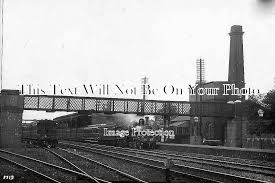Exploring the Vibrant Culture and Future of Rio de Janeiro

Introduction
Rio de Janeiro, known for its stunning landscapes, vibrant culture, and dynamic population, is one of Brazil’s most significant cities. The city’s importance extends beyond its breathtaking views and cultural experiences; it is a major tourist destination and plays a crucial role in the Brazilian economy. With the recent developments in tourism and urban infrastructure, understanding the current state of Rio de Janeiro is essential for both residents and visitors alike.
Current Events and Cultural Significance
In the wake of global challenges including the COVID-19 pandemic, Rio de Janeiro is witnessing a revival in tourism. According to data from the Brazilian Ministry of Tourism, the city recorded an increase of over 30% in foreign visitors in the first half of 2023 compared to the previous year. Events like the Rio Carnival and the Rock in Rio music festival are set to return at full capacity, drawing international attention and boosting the local economy.
Culturally, Rio de Janeiro has long been celebrated for its contributions to music, art, and sport. The city is the birthplace of samba and bossa nova, and it is home to world-renowned events that celebrate these rich traditions. In 2023, Rio’s iconic Copacabana beach will host a new festival dedicated to these musical genres, emphasizing the city’s continued commitment to cultural preservation and innovation.
Challenges and Infrastructure Developments
Despite its vibrancy, Rio de Janeiro faces significant challenges, including economic disparities and public safety concerns. In a recent report, the Brazilian Institute of Geography and Statistics highlighted that nearly 25% of the city’s population lives in favelas, where access to basic services remains limited.
However, the city government is actively working to address these issues through infrastructure development and social programs. Notably, the city’s public transportation system is undergoing upgrades aimed at improving connectivity and decreasing travel times for residents and tourists alike. Projects such as the expansion of the metro system are expected to be completed by 2025, potentially transforming the way people navigate the city.
Conclusion
Rio de Janeiro stands as a symbol of resilience amidst challenges. Its rich cultural history and vibrant events draw millions of visitors each year, while ongoing improvements in infrastructure aim to enhance the quality of life for its residents. The future of Rio de Janeiro is promising, with forecasts indicating a steady recovery in tourism and a gradual improvement in socioeconomic conditions. For travellers, the city remains a captivating destination, while for residents, it continues to be a place of cultural pride and opportunity.









